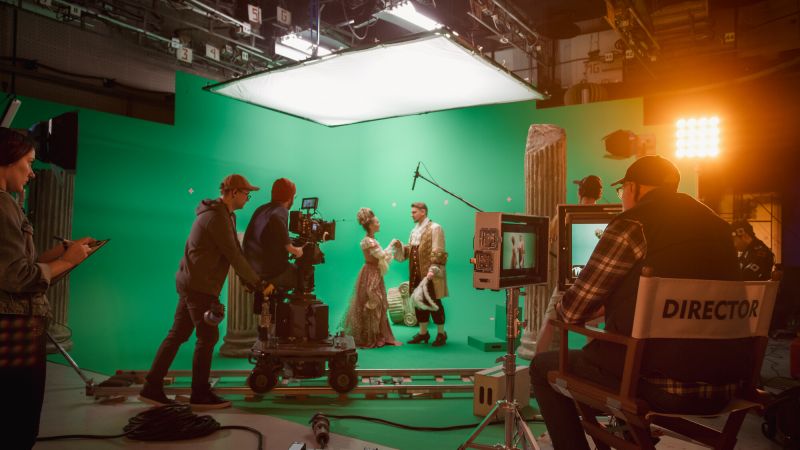Content
Due to the limited amount of space, you will need to carefully control the amount of information you present, providing either a brief overview of your work or a deeper exploration of one particular aspect. It is easy to overestimate how much writing you can include on an academic poster, so try have a clear idea about exactly what it is you want to communicate to your audience. Try summarise the main point you want to communicate in a sentence or two.
Posters allow you to communicate information visually rather than relying heavily on text. To avoid large blocks of text, consider what information can be more effectively or concisely communicated using images, charts, or diagrams. You can also save space by strategically using references or links to direct the reader to additional information that you cannot include on the poster.
Structure
Academic posters give you control over how your audience experiences your work. Consider where you want the audience’s focus to start and end, and the order you want them to move through different sections.
Ask yourself:
- How do I want the audience to navigate the poster? Should they read in columns, left to right, bottom to top, or jump between sections?
- How can I guide their eye using visual cues like arrows, colored backgrounds, boxes, shapes, and headings?
- How will I indicate entry and exit points with images, signal words, or different text sizes?
Structuring your poster effectively not only enhances its visual appeal but also reinforces your message and improves audience comprehension. For instance, if you're illustrating the development of a theory or methodology, consider a 'building' approach where viewers start at the bottom and progress through layers. Conversely, for a non-linear journey, draw attention to the middle and allow exploration of various sections freely.
However, ensure your chosen structure aligns with your message. A poster demonstrating a specific methodology may require a linear structure to avoid confusion. When deciding on your poster’s structure, consider if it complements or conflicts with your intended message
Style
The style of your poster should align with its purpose and topic. However, there are essential guidelines to ensure clarity and accessibility for all readers
- For a traditional poster use the rule of thirds to structure your poster into three columns and rows, placing crucial information near the central points.
- Opt for vertical columns of text to aid readability.
- Choose simple 'sans serif' fonts such as Calibri, Arial, Verdana, or Helvetica to prevent letters from blending and slowing reading pace.
- Maintain a font size of at least 24 points for easy legibility, adjusting as needed based on presentation format (e.g., online or in-person).
- Ensure contrasting colors for text and background to prevent readability issues. If you are unsure about the use of contrasting colours, try using this free online contrast checker.
Poster styles can vary and it can be hard to know what choices to make.
Ask yourself should the style be:
- Formal or informal?
- Include complex language or simple? Use long sentences or short?
- A personal reflection or detached evaluation?
- Visual or text only?
- Colourful, or neutral tones?
To answer these questions you might want to refer back to the ‘audience profile’ and think about ways of navigating what they want/need to get from the poster and what you want/need to get from the poster.
For example, if you have an expert audience who you anticipate would know a lot about your field it may be more appropriate to use some complex, subject-specific terminology.
Or maybe your goal is to simplify a complicated phenomenon, in which case you might choose to create a more informal poster that uses lots of images and simple text.
There’s no right answer to these questions and sometimes your wants and needs might clash with those of the audience. In these cases, the task is to try and find a way to negotiate between your own goals and those of the audience.



















